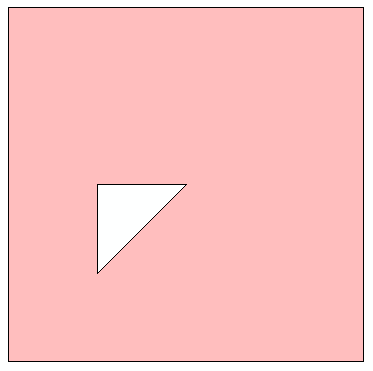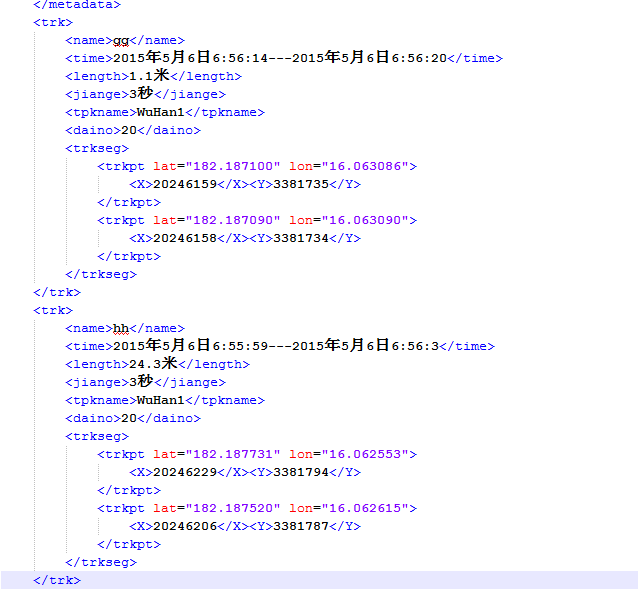numpy数据类型dtype转换
目录
导入numpy
>>> import numpy as np
一、随便玩玩
生成一个浮点数组
>>> a = np.random.random(4)
看看信息
>>> a array([ 0.0945377 , 0.52199916, 0.62490646, 0.21260126]) >>> a.dtype dtype('float64') >>> a.shape (4,)
改变dtype,发现数组长度翻倍!
>>> a.dtype = 'float32' >>> a array([ 3.65532693e+20, 1.43907535e+00, -3.31994873e-25, 1.75549972e+00, -2.75686653e+14, 1.78122652e+00, -1.03207532e-19, 1.58760118e+00], dtype=float32) >>> a.shape (8,)
改变dtype,数组长度再次翻倍!
>>> a.dtype = 'float16' >>> a array([ -9.58442688e-05, 7.19000000e+02, 2.38159180e-01, 1.92968750e+00, nan, -1.66034698e-03, -2.63427734e-01, 1.96875000e+00, -1.07519531e+00, -1.19625000e+02, nan, 1.97167969e+00, -1.60156250e-01, -7.76290894e-03, 4.07226562e-01, 1.94824219e+00], dtype=float16) >>> a.shape (16,)
改变dtype=’float’,发现默认就是float64,长度也变回最初的4
>>> a.dtype = 'float' >>> a array([ 0.0945377 , 0.52199916, 0.62490646, 0.21260126]) >>> a.shape (4,) >>> a.dtype dtype('float64')
把a变为整数,观察其信息
>>> a.dtype = 'int64' >>> a array([4591476579734816328, 4602876970018897584, 4603803876586077261, 4596827787908854048], dtype=int64) >>> a.shape (4,)
改变dtype,发现数组长度翻倍!
>>> a.dtype = 'int32' >>> a array([ 1637779016, 1069036447, -1764917584, 1071690807, -679822259, 1071906619, -1611419360, 1070282372]) >>> a.shape (8,)
改变dtype,发现数组长度再次翻倍!
>>> a.dtype = 'int16' >>> a array([-31160, 24990, 13215, 16312, 32432, -26931, -19401, 16352, -17331, -10374, -197, 16355, -20192, -24589, 13956, 16331], dtype=int16) >>> a.shape (16,)
改变dtype,发现数组长度再次翻倍!
>>> a.dtype = 'int8' >>> a array([ 72, -122, -98, 97, -97, 51, -72, 63, -80, 126, -51, -106, 55, -76, -32, 63, 77, -68, 122, -41, 59, -1, -29, 63, 32, -79, -13, -97, -124, 54, -53, 63], dtype=int8) >>> a.shape (32,)
改变dtype,发现整数默认int32!
>>> a.dtype = 'int' >>> a.dtype dtype('int32') >>> a array([ 1637779016, 1069036447, -1764917584, 1071690807, -679822259, 1071906619, -1611419360, 1070282372]) >>> a.shape (8,)
二、换一种玩法
很多时候我们用numpy从文本文件读取数据作为numpy的数组,默认的dtype是float64。
但是有些场合我们希望有些数据列作为整数。如果直接改dtype=’int’的话,就会出错!原因如上,数组长度翻倍了!!!
下面的场景假设我们得到了导入的数据。我们的本意是希望它们是整数,但实际上是却是浮点数(float64)
>>> b = np.array([1., 2., 3., 4.]) >>> b.dtype dtype('float64')
用 astype(int) 得到整数,并且不改变数组长度
>>> c = b.astype(int) >>> c array([1, 2, 3, 4]) >>> c.shape (8,) >>> c.dtype dtype('int32')
如果直接改变b的dtype的话,b的长度翻倍了,这不是我们想要的(当然如果你想的话)
>>> b array([ 1., 2., 3., 4.]) >>> b.dtype = 'int' >>> b.dtype dtype('int32') >>> b array([ 0, 1072693248, 0, 1073741824, 0, 1074266112, 0, 1074790400]) >>> b.shape (8,)
三、结论
numpy中的数据类型转换,不能直接改原数据的dtype! 只能用函数astype()。
转载自:https://blog.csdn.net/baoqian1993/article/details/78455378






